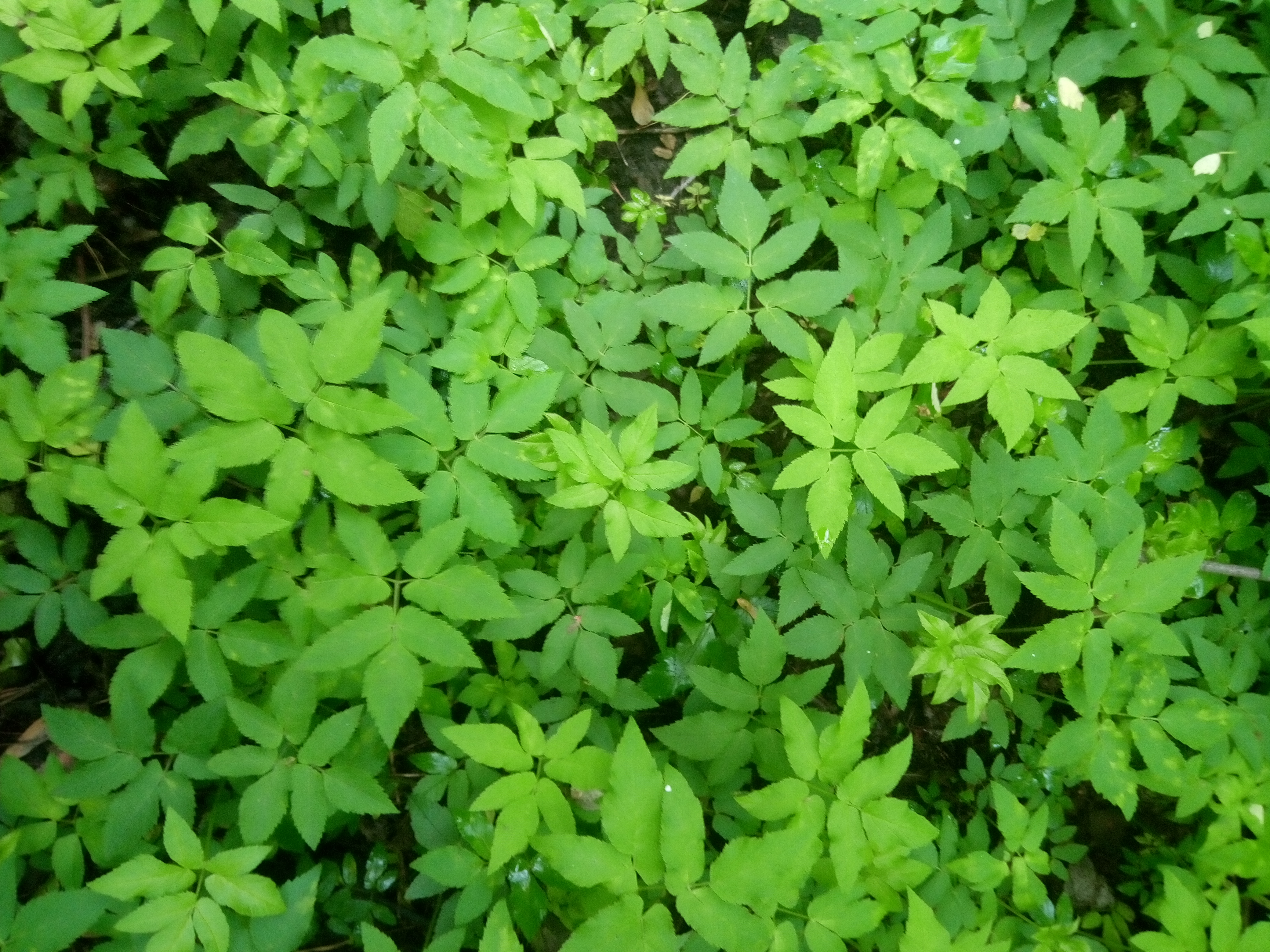Goutweed is a genus of perennial herbaceous plants of the umbellate family up to 1 m high; propagated by seeds and vegetatively (rhizome). It grows well only on fertile soils rich in humus and mineral elements, good honey plant (during the flowering season, bees can collect up to 2.5 kg of honey from one plant). It has a general strengthening, anti-inflammatory, analgesic, wound healing, detoxification, antihypoxic effect. During World War II, the goutweed saved thousands of lives, saving people from hunger. And nowadays, it can save the “vitamin-mineral” from hunger. St. Seraphim of Sarov ate mainly goutweed during his three-year fast. Goutweed in its composition contains a lot of vitamin C (44-100 mg%), carotene (up to 8 mg%), proteins (22 mg%) micro and macro elements (potassium, calcium, iron, magnesium, boron, titanium, selenium, zinc , copper), enzymes, organic acids (malic, citric), saturated and unsaturated fatty acids (palmitic, stearic, oleic, linoleic, arachidonic), phytoncides, flavanoids, chlorophyll, fiber. In the scientific works of researchers - ethnographers of the last century, it is often mentioned that in many places of Ukraine it was very wide in the beginning of the 20th century. Leaves and stems of various greens were used for food, in particular, Dreams (it was even on the Easter table). Almost no one knows that this plant is valuable in the natural landscape of Ukraine; It contains the very set of micro and macro elements. You can eat it as much as you want.

Originally posted here: https://hive.blog/hive/@ksenja/tasty-and-healthy-grass
No comments:
Post a Comment